

Dr Ben Diggles
Fisheries Scientist, Fishing Writer
Ben is a fisheries scientist and specialises in the health and welfare of fish and other aquatic life and is a recognised authority on the subject of the impacts of recreational fishing on fish health. When he’s not being a scientist Ben is passionate about fishing and has penned numerous articles for fishing magazines over the years.
Ben’s Tips For Handling Fish To Be Released
Just because a released fish swims away at the time you put it back in the water, doesn’t mean it will still be healthy in a few days. Many of the fish you see photographed in social media are being handled in a way that increases their chances of developing disease and reduces their survival rates. Whilst releasing a quality fish might create a “feel good” moment for the angler, your number one goal should be the long term survival of the fish and the sustainability of the fishery. In addition, photographs of poor fish handling plastered over social media only gives ammunition to groups who would like to see fishing banned.
Fortunately there is plenty we can do to ensure that released fish flourish, and it’s not that hard.
- Most people assume that hooks are the major cause of injury to fish, but fish are well adapted to eating sharp objects and recover quickly from hook injuries. Studies have shown that even when fish are lost with hooks or lures in their mouths they will quickly dispel them and continue to thrive.
- Lure caught fish have a higher survival rate than bait caught fish as the hooks on lures are rarely deep enough in the digestive system to damage vital organs.
- Crushing down the barbs on hooks is a simple thing that anyone can do to improve the survival rate of released fish. Practised anglers find this doesn’t increase the rate of lost fish all that much as hooks rarely fall out if tension is kept on the line. Barbless hooks make the process of unhooking and releasing fish quicker and smoother, and undersized or unwanted fish can often be released without handling at all simply by bringing them boat side or bankside, allowing a little slack into the line and jiggling the rod. Barbless hooks are also less damaging to anglers if they get hooked.
- Use appropriate tackle. Prolonged fights result in a buildup of lactic acidosis in the fish, causing lactic acidosis and reducing survival rates. In saltwater it also increased the chances of the fish being cleaned up by a shark or seal.
- Survival rates of fish removed from the water are significantly lower than for fish released without handling, especially larger fish. Think carefully before lifting any large fish you intend to release from the water.Where it’s safe to do so, the best way to get a photograph is to enter the water with the fish and never actually lift it from the water.
- If you intend to remove a fish from the water for photographs, keep the time they are exposed to air as short as possible. This is critical, every minute counts. Have a plan, have everything prepared before the fish is lifted from the water and get the fish back in quickly. In estuaries it’s good practice to release fish into a snag where they have protection from predators while they recover.
- Fish skeletons are not designed to support their weight out of water, so never hold any fish you intend to release vertically by the lip or gills as this damages internal organs. If you need to remove fish from the water, best practice is to control the head of the fish by gripping the lip with your fingers of one hand (or a boga grip if it’s a toothy fish) and taking the weight of the fish on your opposite arm. Support the weight under the belly, watch out for spikes and work quickly.
- Avoid laying fish on hot and/or dry surfaces. Marine carpets damage slime layers and expose fish to infection, leaving them prone to illness in the days or weeks following capture. Brag mats are great, but you need to keep them cool and pour at least half a bucket of water on them before laying the fish down.
- Nets can be very damaging to fish as they disturb the protective slime layer and often cause splitting of the fins. Avoid nets whenever possible, and when it’s necessary to net a fish be sure to use the largest net possible, with knotless mesh to minimise damage.
- Barotrauma is a particular injury that results from bringing fish up quickly from depth. The gas filled swim bladder expands with the decreasing pressure, compressing the internal organs and making it impossible for the fish to control its buoyancy. In extreme cases the swim bladder can be protruding from the mouth when the fish is Brough boatside and the fish will often be floating on its side. Studies have shown that the survival of these fish is highly dependent on getting them back down to depth quickly. Even fish that have no injury or stress prior to depressurisation have low survival rates if they’re not repressurised within minutes. The key is to get them back down to 10-15m below the surface as quickly as possible, after which most fish can regain control of the swim bladder.
- Venting (piercing a small hole in the swim bladder to allow the fish to deflate) can help survival rates of some fish species, but a less invasive option is to use a release weight to get the fish down to a depth where it can self regulate again.
- The depth at which barotrauma sets in varies with species. Some species (eg black jew) are very susceptible and survival rates of released fish are low at depths as little as ten metres. It’s important to avoid fishing deeper water areas where lots of juvenile fish are present as you’ll throw back lots of fish that ultimately might not survive. Move on and find more productive spots.
- Some hard-fighting species (eg threadfin salmon) can show barotrauma-like symptoms even when caught in shallow depths. It’s thought that lactic acidosis buildup creates a complex reaction that causes the swim bladder to fill with gas. Broadbill swordfish also seem to be susceptible to this, despite being adapted to rapidly changing water pressure.
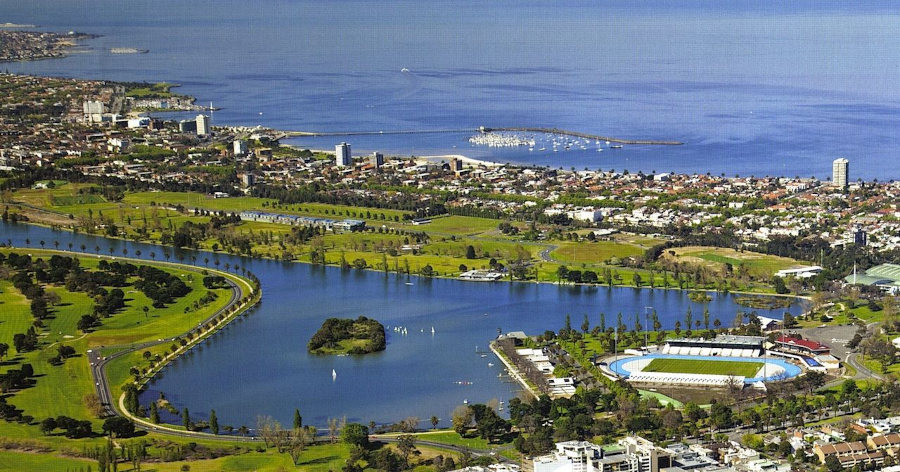
Lure Fishing Melbourne’s Lakes and Rivers
Looking for lake, river and estuary fishing spots around Melbourne? There’s no shortage of places to flick a lure, so check out this article for some great places to start.
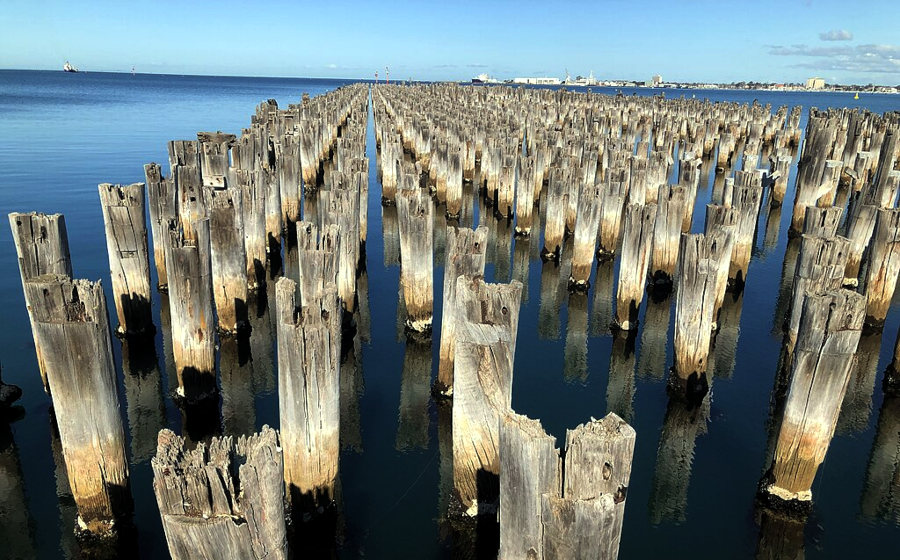
Pier Fishing in Melbourne: A Lure Angler’s Guide to Success
Melbourne is home to a vibrant fishing community, and for good reason. The city's extensive coastline is dotted with piers and jetties that are open to the public - and almost all produce fish at the right times. Local and visiting land-based anglers alike can enjoy...

Victoria and Roper Rivers Barramundi With Trent De With
ALF EPISODE 681 Fishing for barramundi in the Victoria and Roper rivers is an experience every angler should aspire to. With unique challenges and rewarding catches, these rivers in the Northern Territory are prime spots for landing this iconic species....
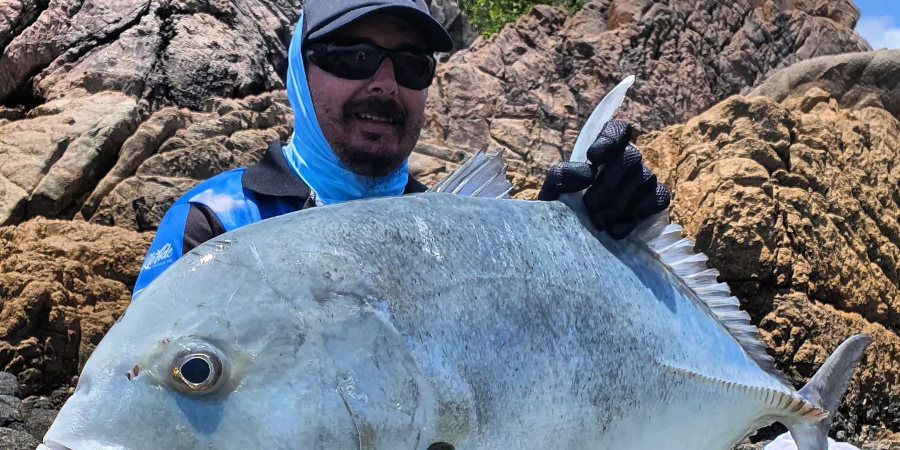
Conquering Land Based Giant Trevally With Brett Mengler
This interview with Brett is ALF EPISODE 680. Check out our archives for more information on Giant Trevally Fishing, and Fishing Airlie Beach And The Whitsunday'sFor Episode 680 of the Australian Lure Fishing Podcast, I interviewed Brett Mengler about land-based...
Soft Plastic Lure Fishing Hacks 101 With Greg Vinall
EPISODE # Check out our archives for more information on Botany Bay Fishing Spots!Fishing with soft plastic lures can be incredibly rewarding if you know how to use them effectively. With over 25 years of experience, I've picked up a range of tips and tricks that can...
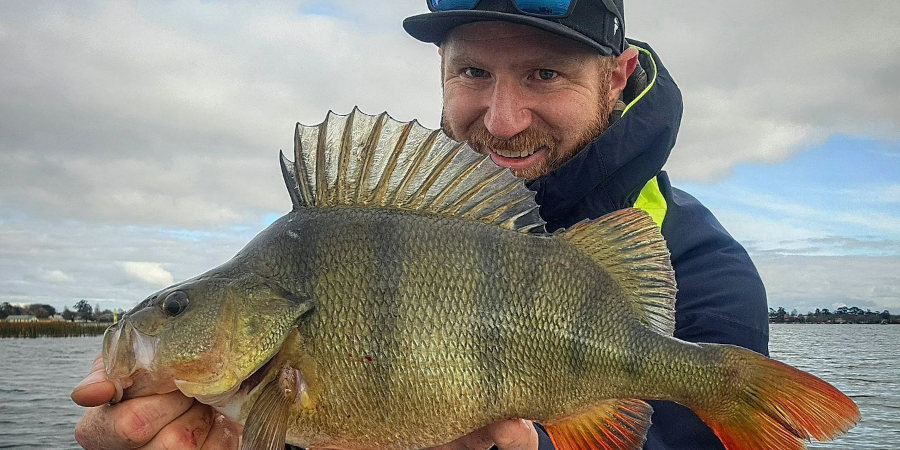
Advanced Soft Plastic Techniques With Rory Benn-Clibborn
This interview with Rory Benn-Clibborn is EPISODE 679. Check out our archives for more information on Lure Fishing In Australia!In this masterclass, I chat with Rory Benn-Clibborn from Perch Palm Lures about various advanced techniques for fishing with soft plastic...
Episode 677: 2024 SCF Australia Wildcard Film Competition
EPISODE 678 Check out all of SCF Australia's Wildcard Film Entrants on the TFi App, Click Below To Get Onboard!
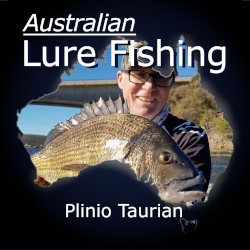
Fishing In Hobart: A Bream Masterclass With Plinio And Deathy
Check out a swag of little known techniques and insights for fishing the Derwent River system for bream in this awesome interview with Plinio Taurian.

Lure Fishing Melbourne’s Lakes and Rivers
Looking for lake, river and estuary fishing spots around Melbourne? There’s no shortage of places to flick a lure, so check out this article for some great places to start.

Pier Fishing in Melbourne: A Lure Angler’s Guide to Success
Melbourne is home to a vibrant fishing community, and for good reason. The city's extensive coastline is dotted with piers and jetties that are open to the public - and almost all produce fish at the right times. Local and visiting land-based anglers alike can enjoy...

0 Comments